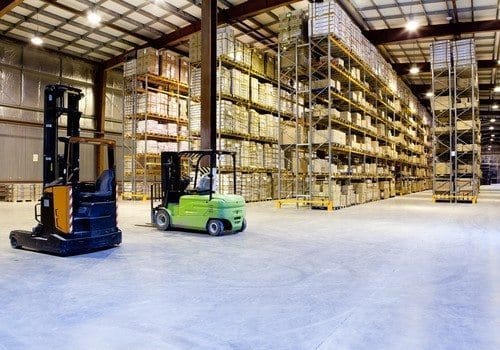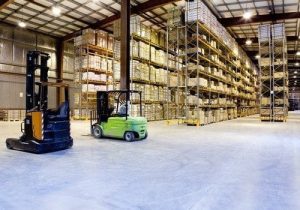
The newest logistics technology is radically reshaping the way we buy groceries, shop for clothes, and even how we do our own jobs. Warehouse managers today are quite likely to rely heavily on technology that didn’t even exist just a few years ago.
A look at the top five trends in logistics technology covers everything from software to your friendly neighborhood robots:
• Warehouse robots have been popularized by Amazon, but other companies continue innovating their own solutions. Most prominently, motorized equipment can assist human workers with faster, safer fulfillment.
• Augmented reality for pickers and other warehouse workers can be used in smart eyeglasses to assist with finding items accurately and quickly.
• Predictive analytics up to and including “anticipatory shipping” before a customer actually buys and Uber-style trucker-to-shipper matching will continue to revolutionize the warehouse data game.
• Autonomous vehicles may be the solution to the truck driver shortage while lowering the cost per mile.
• Drones are poised to fulfill their destiny as the solution for last-mile delivery.
Data and Equipment, Working Together
Data shapes decisions in logistics, and your warehouse equipment supplier has the tools to put that data into action.
At DJ Products, our industrial cart movers help with the human side of the equation. Heavy stress from pushing loaded carts and repetitive stress in warehouse jobs both contribute to productivity loss and worker injury.
Powered material handling equipment, from our CartCaddyLite cart puller to the WagonCaddy industrial power mover, enable your workers to move at the speed of modern logistics. Get a free demo from DJ Products, your warehouse equipment supplier for powered cart movers and more.










